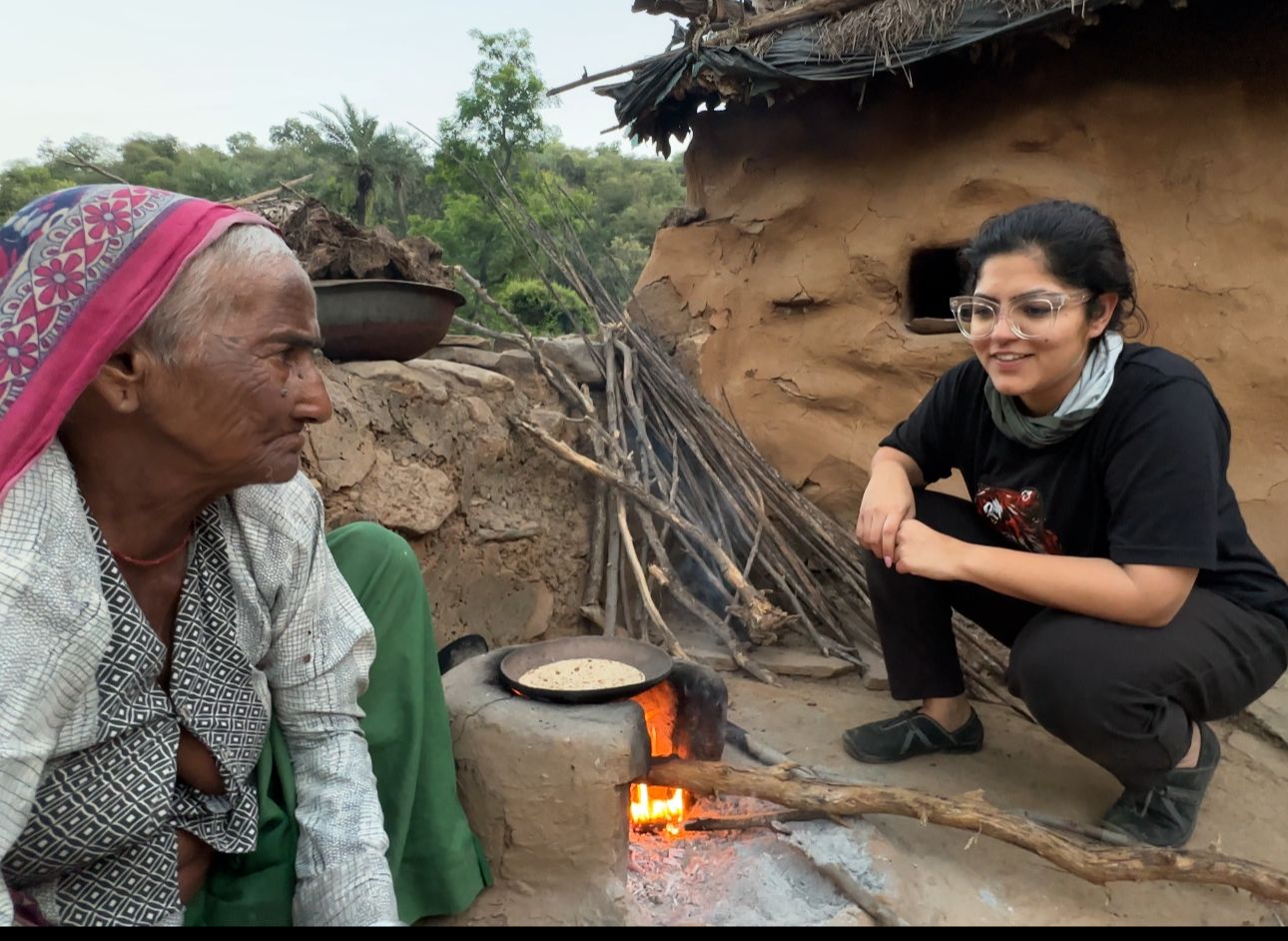
October 3, 2023
Tuesday, 10:06 PM
Sariska Tiger Reserve
Alwar, Rajasthan
Today was an interesting day, beginning with the morning safari, during which we found a good number of fresh tiger paw marks, and from the incessant calls we kept hearing, it was clear that there was some tiger movement. Our guide, Ajay, was quite knowledgeable about the Reserve and told us quite a lot about the Sariska Tiger Reserve (STR). I also got a firsthand taste of the dry deciduous forest that Sariska is when I got pricked by a thorn, which left the fingers of one of my hands swollen. But thankfully, the swelling subsided by time the safari ended, which was when I could manage to pull the thorn out.
Right after the safari, we went to meet Sh. Apoorva Krishna Srivastava, a member of the Indian Forest Services (IFS) who is currently posted as Divisional Forest Officer, Alwar, Rajasthan. The longish meeting with Mr. Srivastava turned out to be the highlight of the day. We had long discussion on a range of wildlife related topics, particularly about Sariska Tiger Reserve and the problems the Forest Department faces in performing its duty of keeping the wildlife safe and minimizing the human-animal conflict in the region.
There are two recurring avenues of human-animal conflict aside from poaching — highways cutting through the forests and human beings going deep into the forests for one reason or the other. And the same two problems exist in Sariska as well. There are several temples inside the Tiger Reserve, one of them being about 22 kilometers into the forest, and villagers insist on visiting the temples. So the forest department has tried, wherever possible, to make the route of access from human settlements to the temples as short as practicable. But that does not exactly solve the problem because human activities disturb the tigers and discourage them from reproducing.
I got to know that as per the last count, there are 33 tigers, including the cubs, and the sex ratio skewed in favour of males, which is a problem because for a healthy and sustainable tiger population, there has to be, on an average, two or more females over one male tiger. Hopefully, things would improve because Sariska has a thriving tiger population but the situation still needs constant monitoring.
We’ll try to meet some more people in Sariska and try to find some more about the Tiger Reserve. There is a lot coming your way through textual as well as by audio-visual mode.
A short while ago, the first VLOG of Project ATR has gone live. There is a lot more in the offing. Stay tuned!
PS: I did meet a few villagers, too, to get their story as well. About them, later!